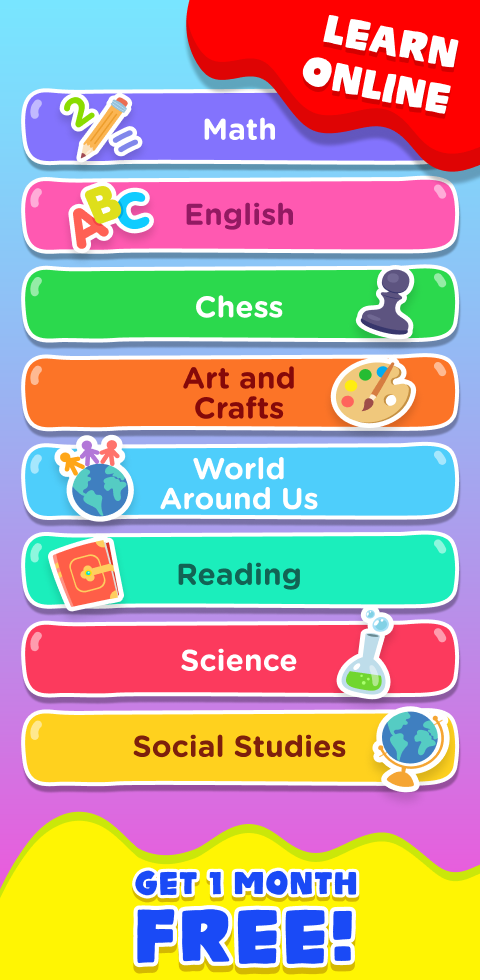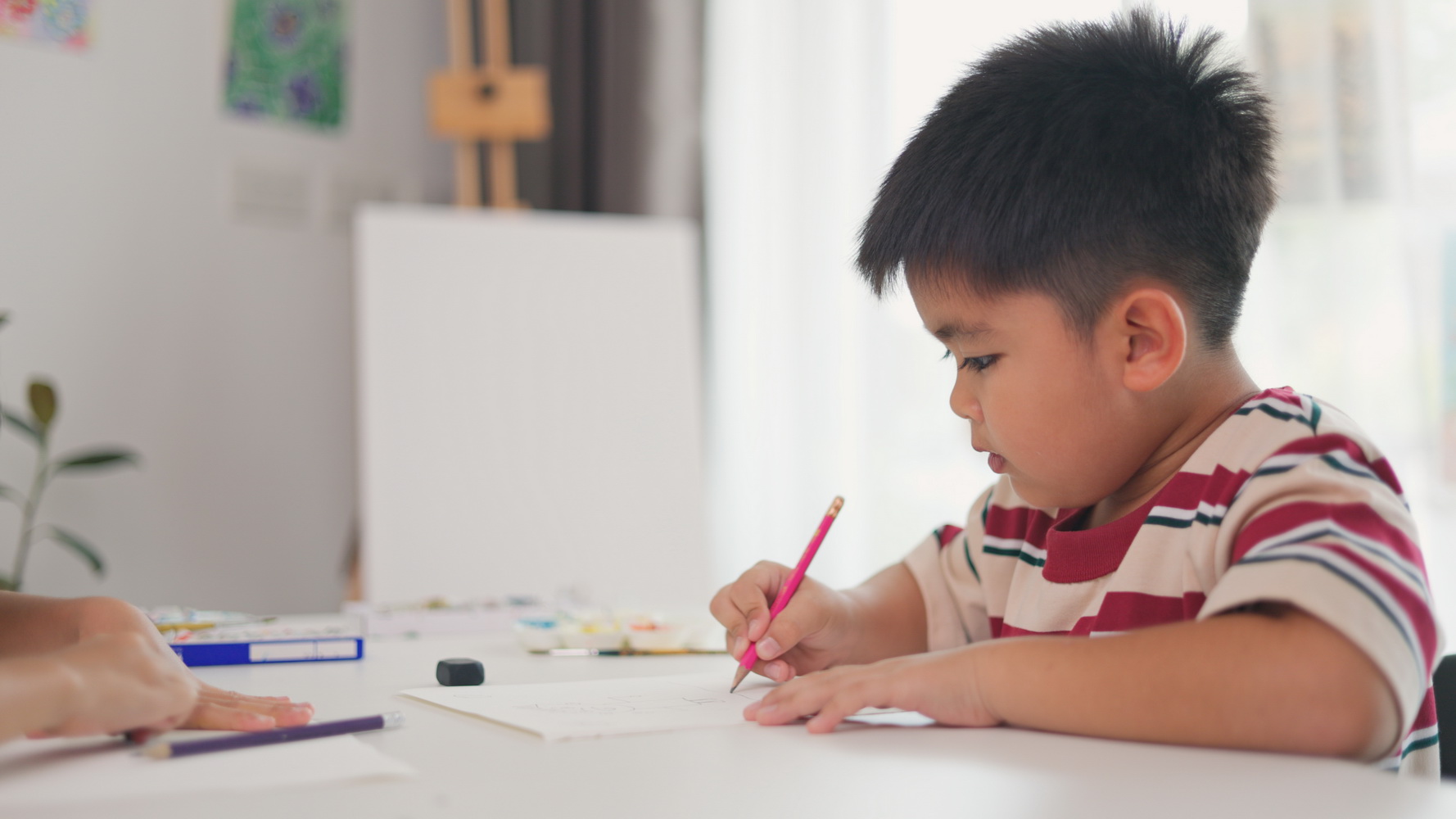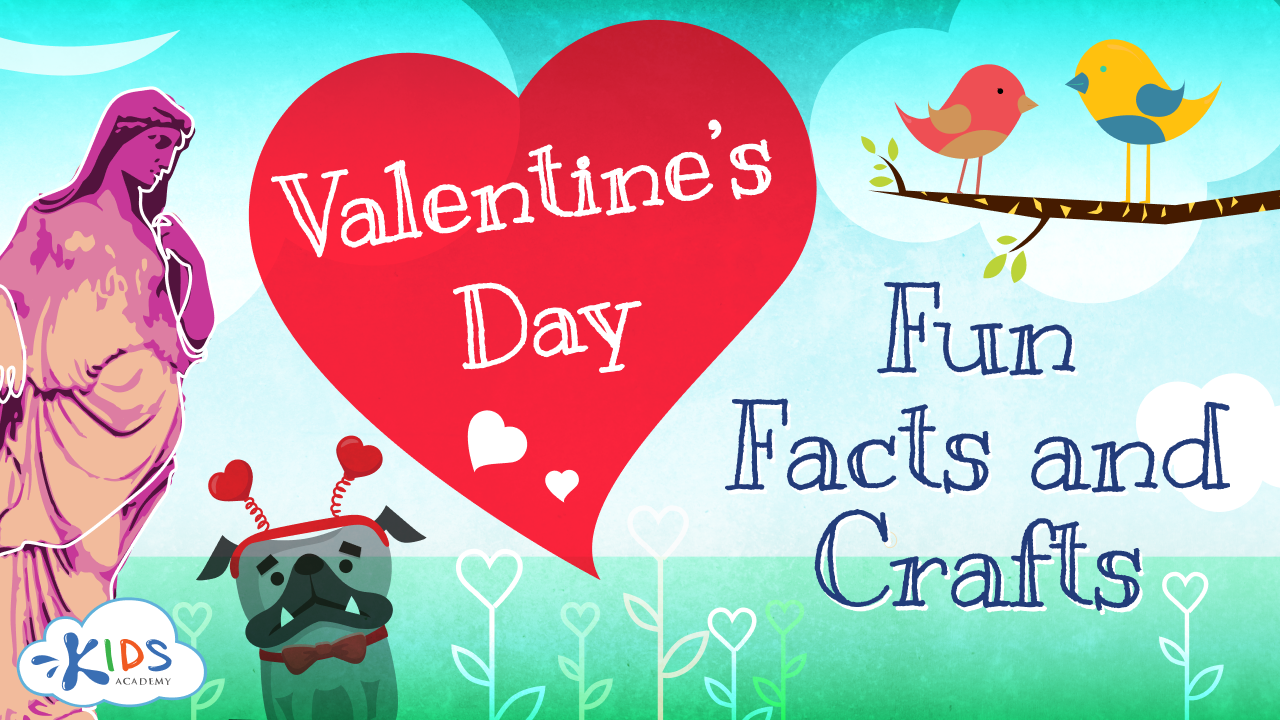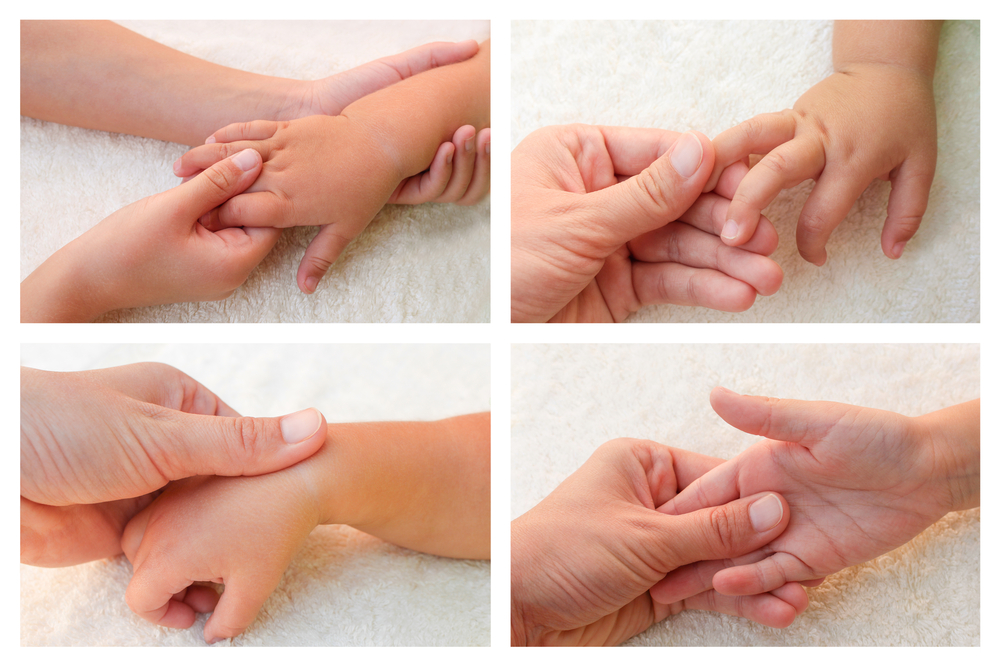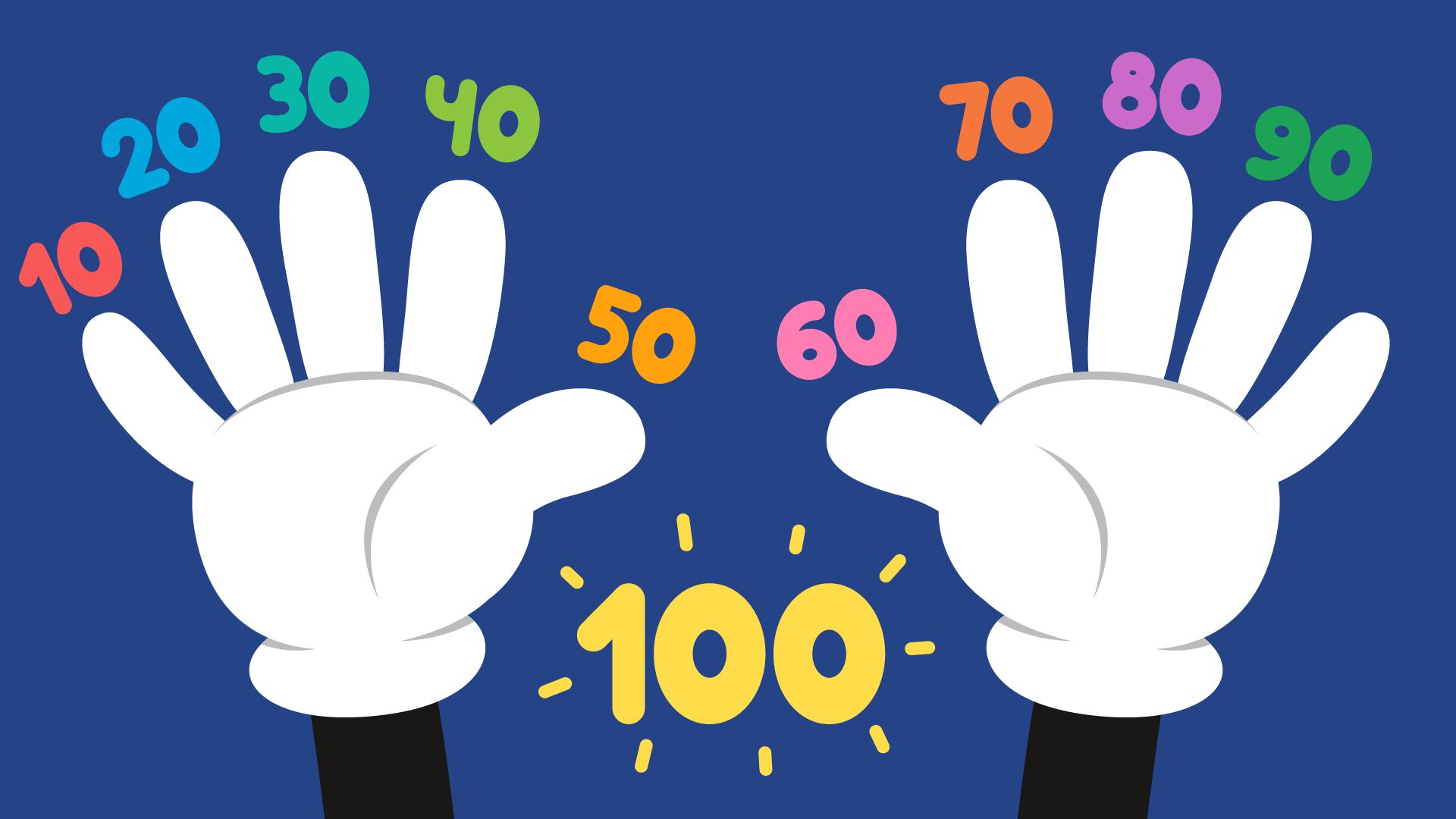Normal Songs and Poems worksheets activities for Ages 3-9
11 filtered results
-
From - To
Explore our engaging "Normal Songs and Poems" worksheets designed for children aged 3-9! Our activities blend creativity and learning, allowing young learners to immerse themselves in the delightful world of music and poetry. These worksheets foster literacy skills, encourage expressive language, and enhance memory through fun lyrics and rhythmic patterns. Ideal for home or classroom settings, they support phonemic awareness and inspire imagination. From coloring pages to simple fill-in-the-blanks, each activity promotes a love for words and melodies. Dive into this rich resource and help your child discover the joy of songs and poems today!
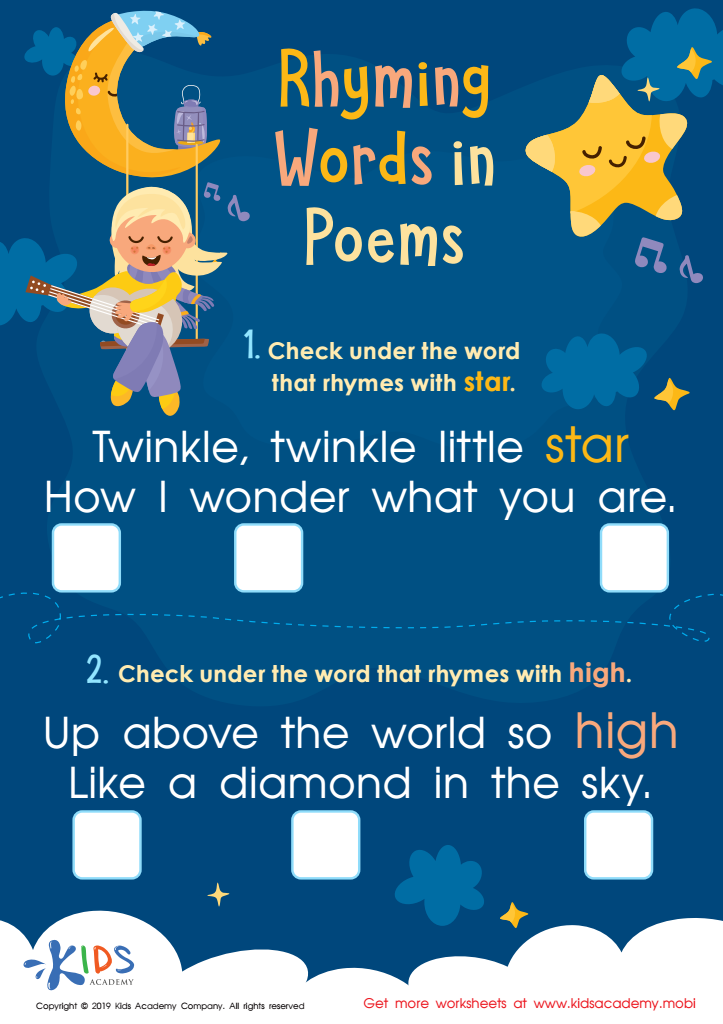

Rhyming Words in Poems Worksheet
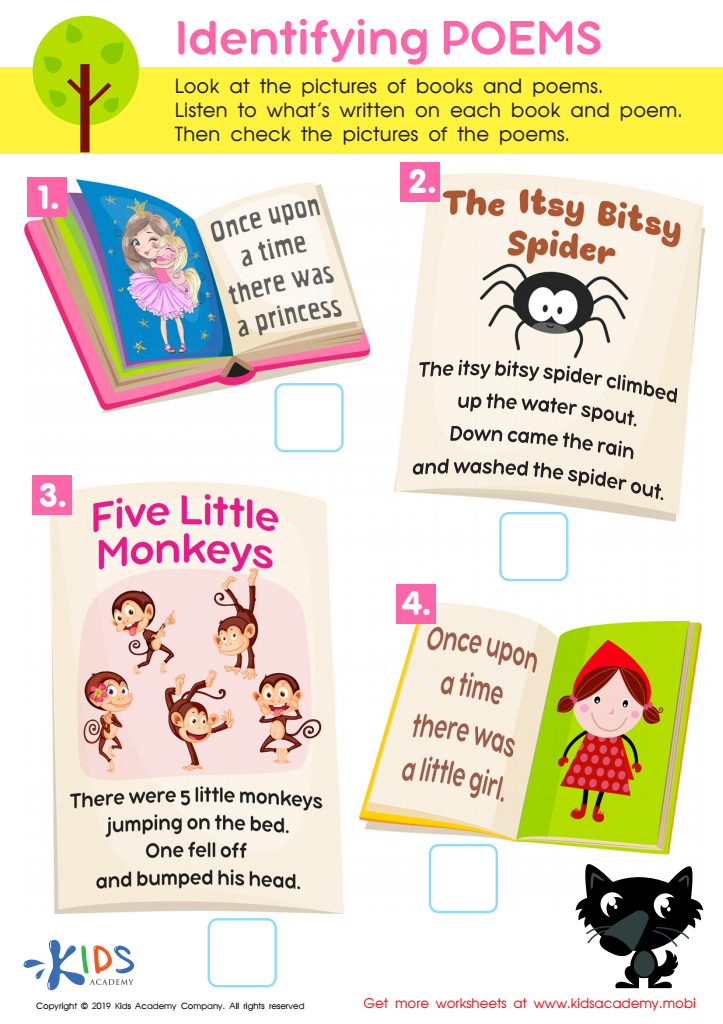

Identifying Poems Worksheet
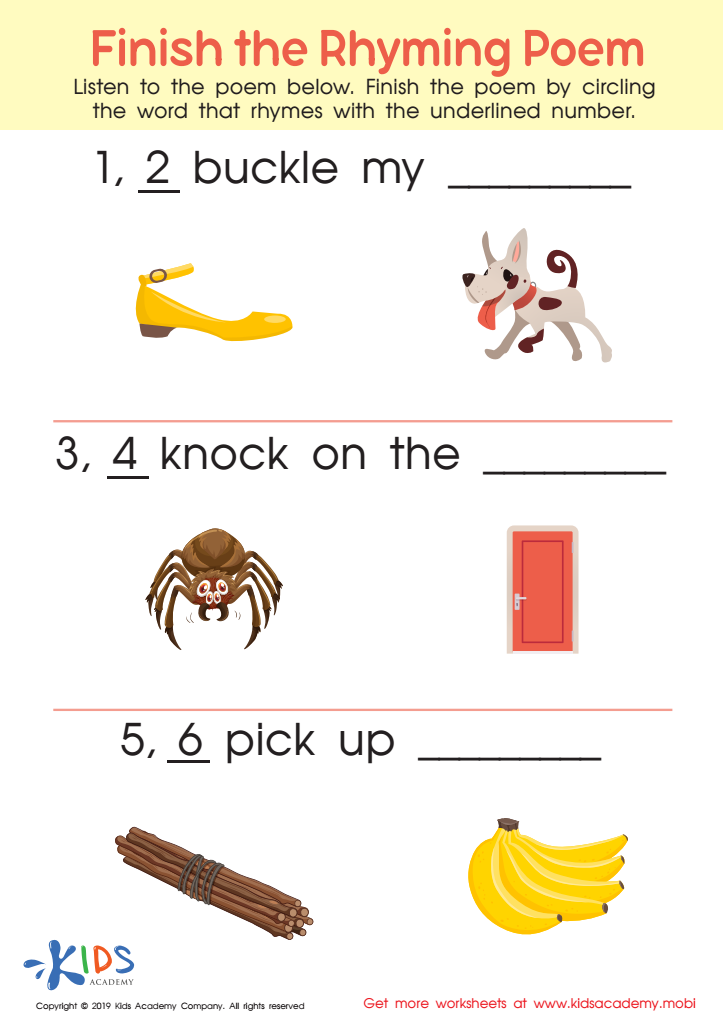

Finish Rhyming Poem Worksheet
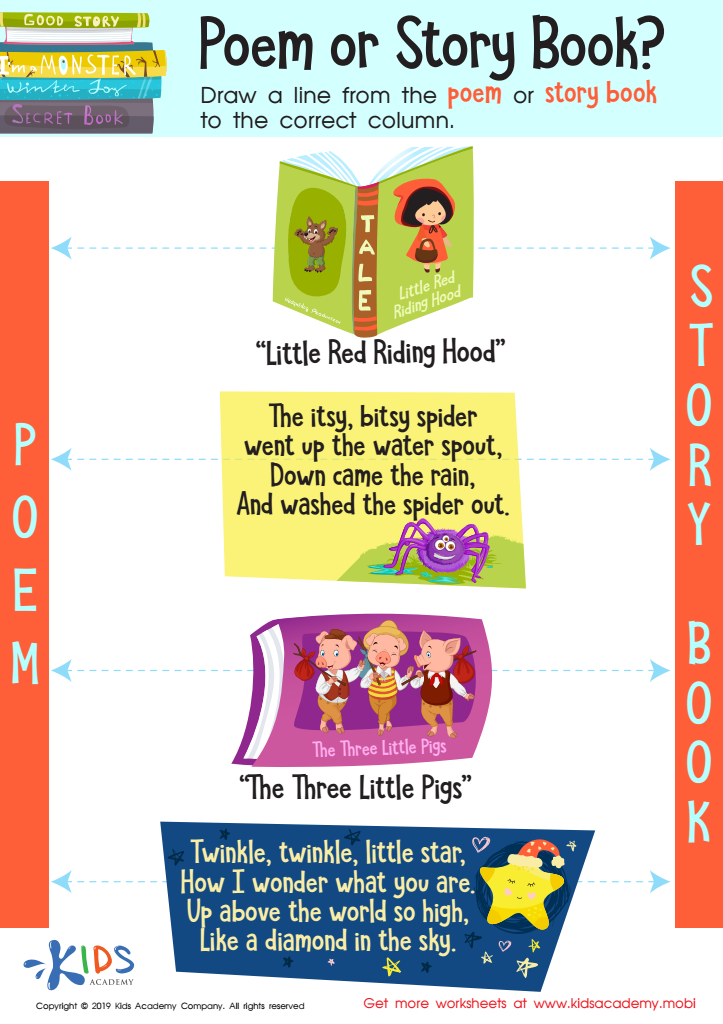

Poem or Story Book? Worksheet
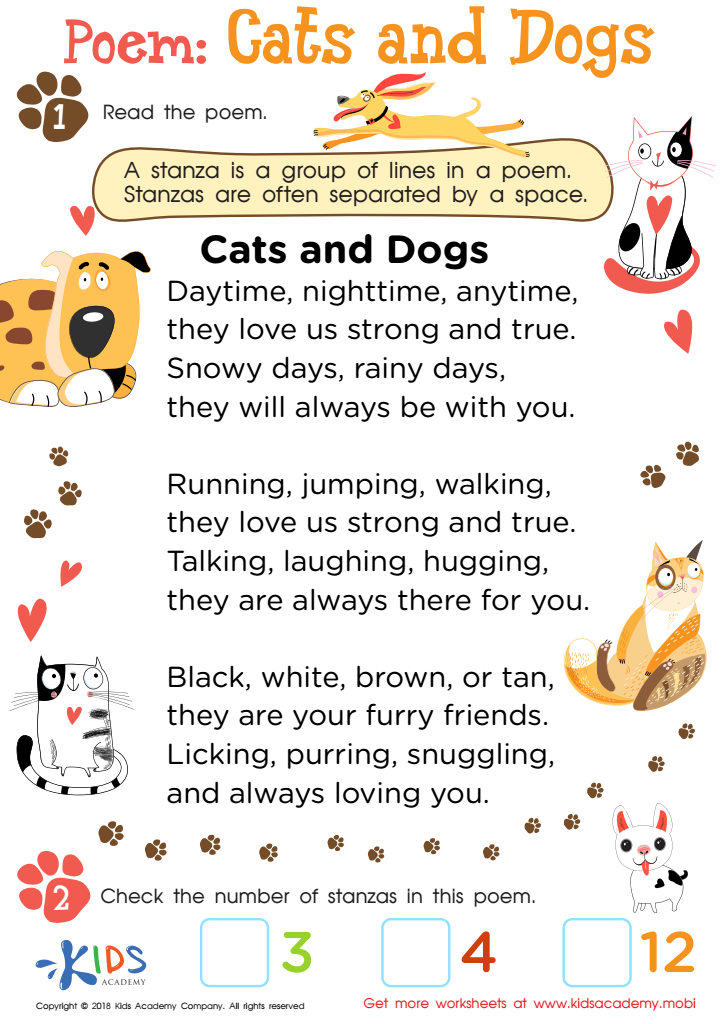

Poem: Cats and Dogs Worksheet
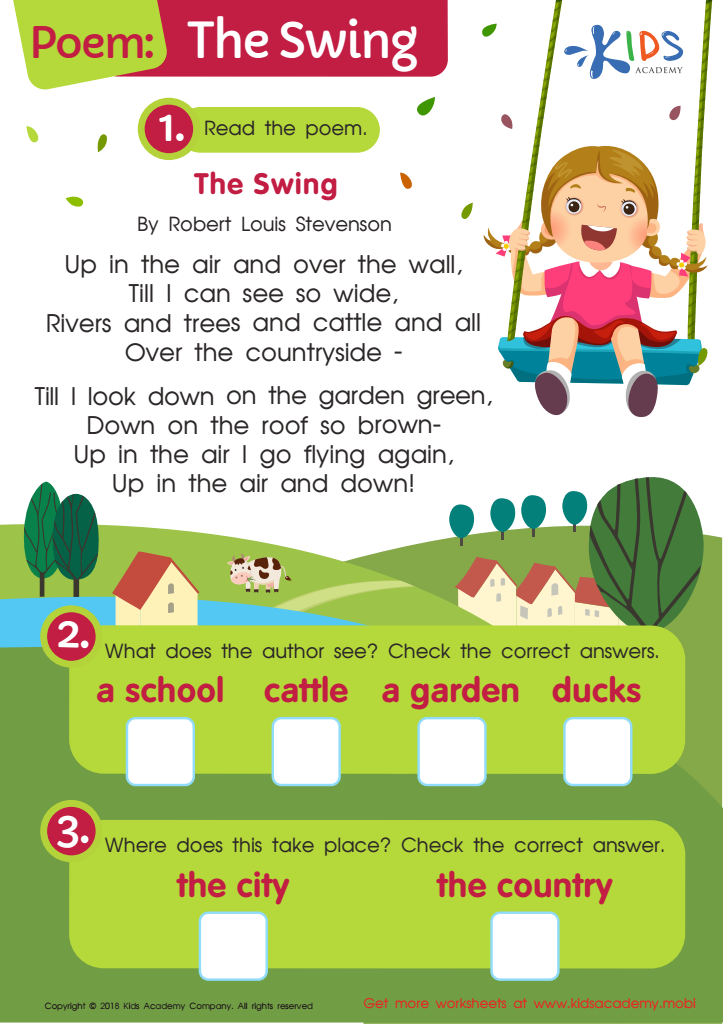

Poem: The Swing Worksheet
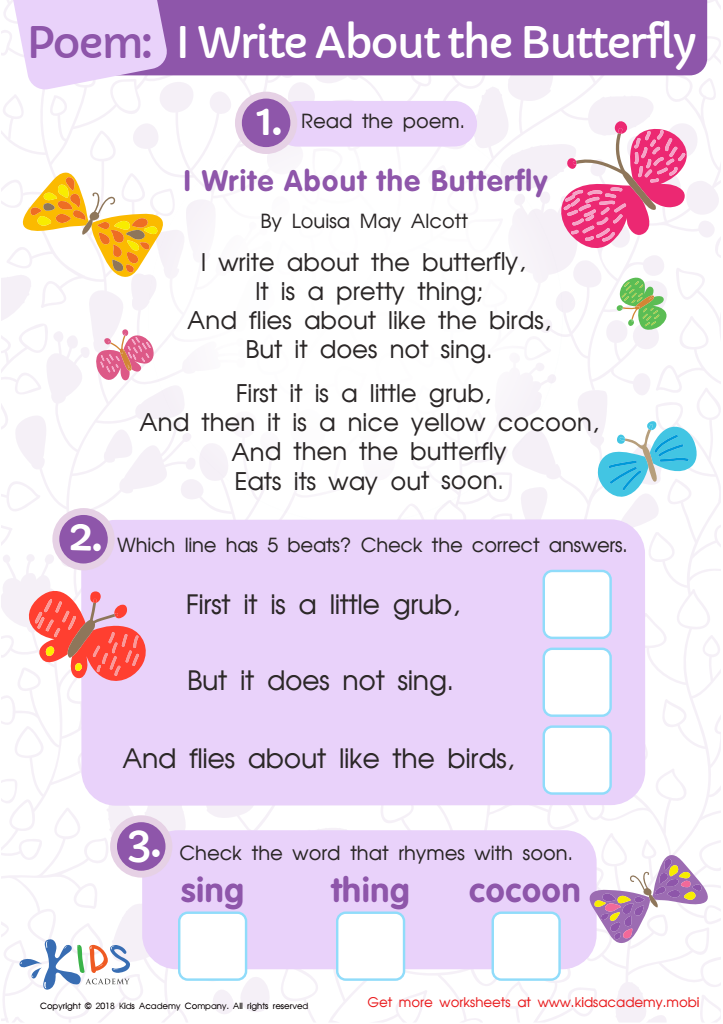

Poem: I Write About The Butterfly Worksheet
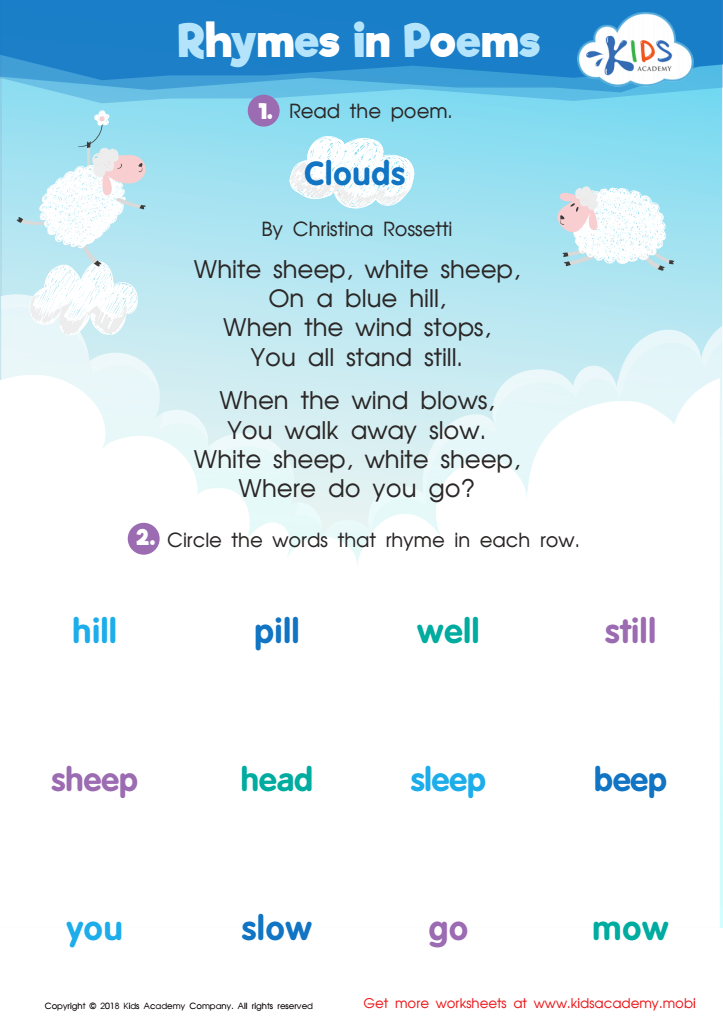

Rhymes in Poems Worksheet
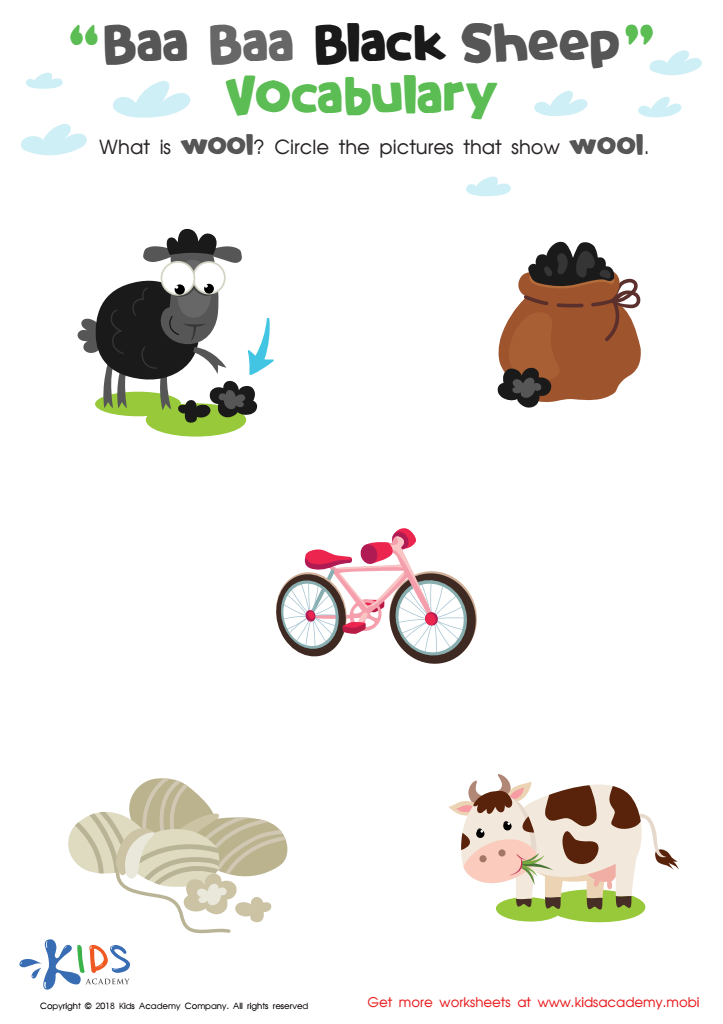

Baa Baa Black Sheep: Vocabulary Worksheet
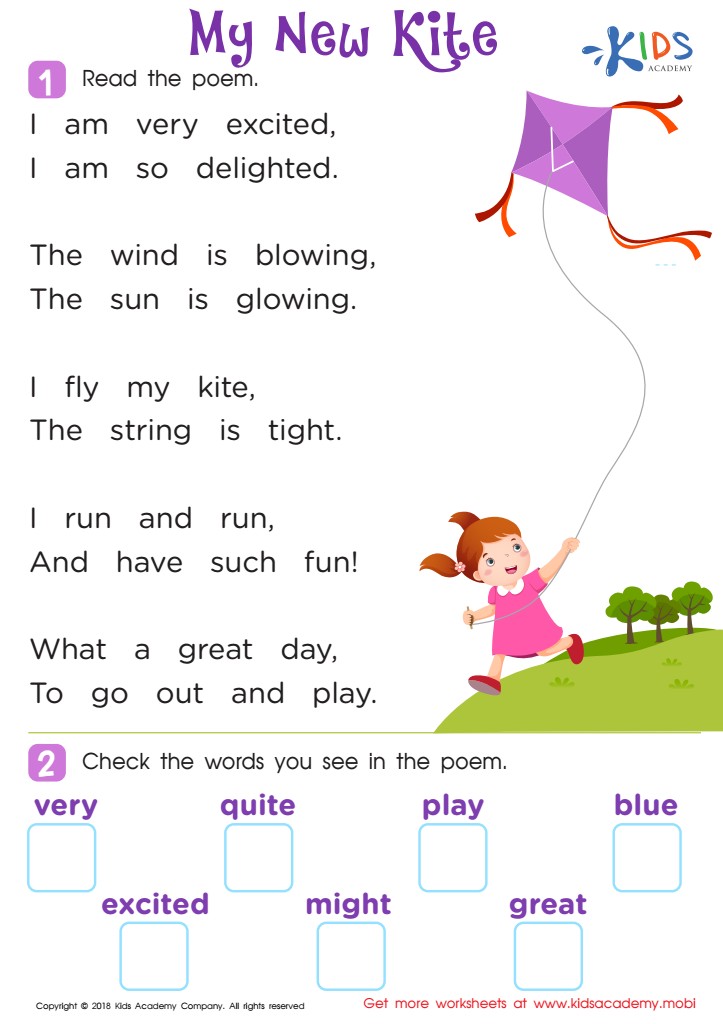

Poem: My New Kite Worksheet
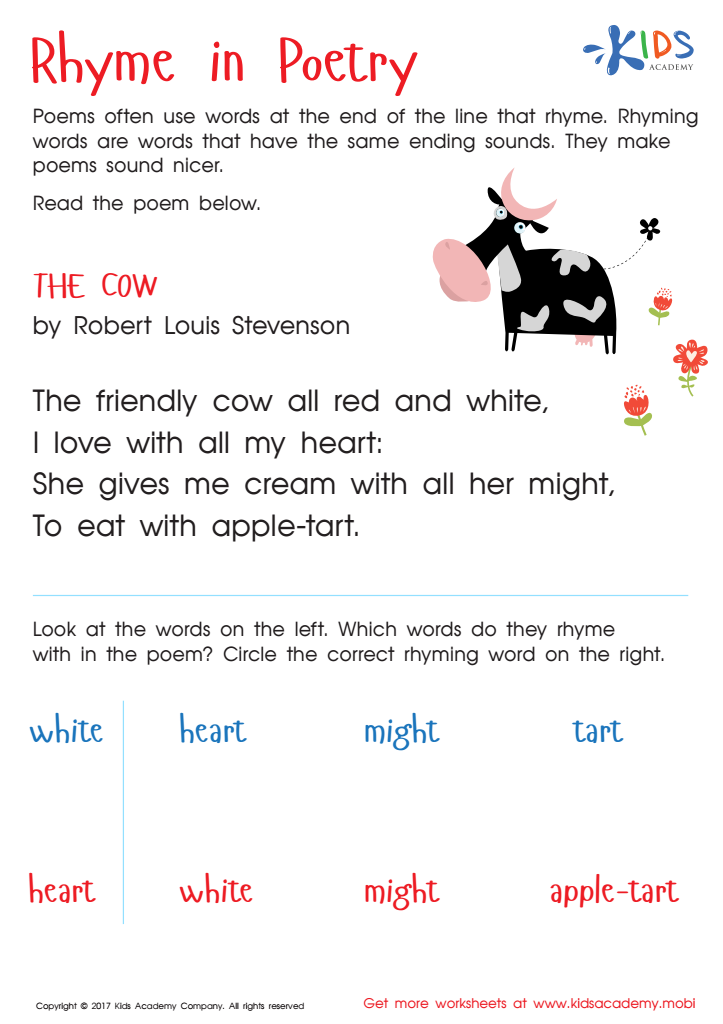

Rhyme In Poetry Worksheet
Parents and teachers should recognize the significant value of incorporating normal songs and poems into activities for children aged 3-9. These engaging mediums not only entertain but also play a crucial role in early childhood development. Through songs and poems, children enhance their language skills by expanding vocabulary, improving pronunciation, and grasping rhythmic patterns. The repetitive nature of melodies and verses aids memory retention and fosters literacy skills, setting a solid foundation for reading.
Moreover, incorporating music and poetry into learning stimulates cognitive development, as children learn to connect ideas and express emotions. These activities also promote social skills, as collaborative singing or reciting encourages teamwork and turn-taking. Furthermore, songs and poems can reinforce lessons across various subjects, making abstract concepts more tangible and memorable.
Additionally, these activities provide a sensory experience, often accompanying hand movements or actions that deepen engagement and coordination. By valuing songs and poems, parents and teachers create a rich, multi-faceted learning environment that acknowledges children’s innate curiosity, creativity, and love for rhythm, fostering a lifelong appreciation for language and the arts. Implementing such activities lays the groundwork for holistic development in children at this critical stage.
 Assign to My Students
Assign to My Students



